
When is the best time to visit Lithuania?
Tuesday, 4 November 2025
We're asked all sorts of weird and wonderful questions here at Baltic Holidays (there's probably a blog in that *furiously scribbles note to self*) but 'when is the best time to travel?' is one of the most common (this, and 'where have all the good biscuits gone?' but that's usually just Sally...) While the second one has quite a simple response, (she's usually eaten them) the 'when to go?' query is a little more nuanced. In short - it completely depends on you and what you want from your trip. Here's why... In recent years, Lithuania has confidently established itself as a year-round destination. Adapting to the changing seasons has become a national pastime. The Lithuanian people capably switch from summer heatwaves to sub-zero temperatures, all with a seamless agility rarely displayed by their more western counterparts. As the infrastructure has improved and the tourist industry has blossomed, visitors are no longer bound by 'off-season' restrictions and 'no-go' zones; jewels and gems can be found and enjoyed in any season. If you're not restricted by dates, it's more about you telling us what your interests are and the conditions you'd like to enjoy them in. Then, we'll do the rest...
Here are a few pointers to get you planning your trip to Lithuania.

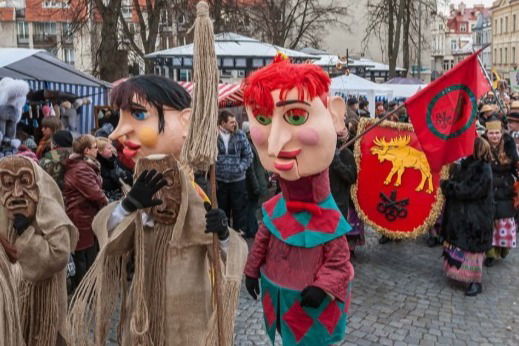
Spring Fling
Spring weather can be volatile with unseasonably warm days interrupted by surprise snow showers. While this can be a challenge in terms of packing, it does mean that you get to experience a bit of variety, seeing the countryside through a constantly changing lens. You'll also get to witness the changing landscape, as brownish hues come to life and fresh spring shoots poke through. Legend says that St George's Day (April 23) unlocks nature and a week later the country will be green. (Feels like a challenge for the photographers amongst you... travel through Lithuania in April and see if your images prove folklore to be true!) Due to Lithuania's location on migratory routes, spring is a great time to visit for birdwatchers and ornithologists. A spring visit means you may also be able to incorporate some of the local holidays and celebration days. History buffs may appreciate the Day of Restoration of the State of Lithuania on February 16, commemorating the signing of the Act of Independence from the Russian Empire in 1918. The occasion is marked with a ceremony and music concert in the cities. Expect lots of flags on display. Less formal but full of fun is Užgavenes (7th week before Easter), Lithuania's equivalent of Mardi Gras. The celebration, marking the end of winter, has archaic roots and is full of ancient symbolism and meaning. The main event is the burning of a giant effigy of winter called More, a Baltic pagan deity. Festivalgoers wear eccentric masks and costumes of animals, birds, devils and witches. There's definitely an air of Christopher Lee in 'The Wicker Man'. In terms of cost, spring can be cheaper but bear in mind that some services and amenities close over Easter.
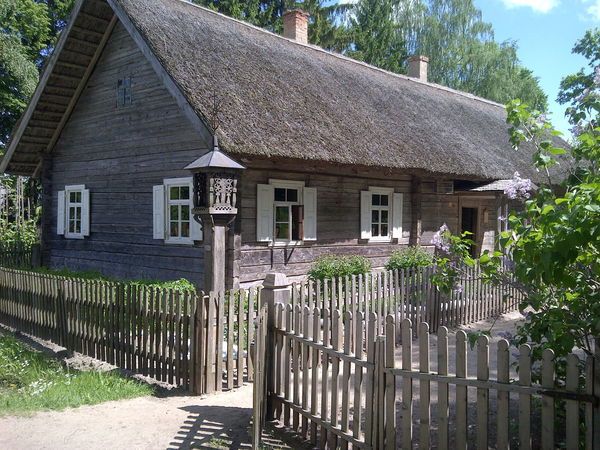
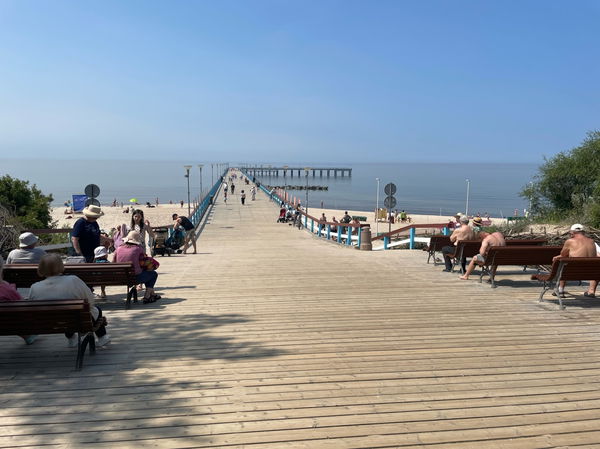
Summer Haze
From May to September, days are long, bright and temperatures range from 18-30 degrees. The Curonian Spit is considered to be sunniest place in Lithuania but the coastal breeze can make it feel cooler, catching visitors off guard. Play it safe and pile on the sunscreen. Lithuania boasts beautiful beaches and coastal resorts making it a fantastic destination for summer sun worshippers or those wanting to relax. There's also a wide range of adventure sports, water-based activities, cycling, hiking and more unusual outdoor challenges (anyone for kite surfing? Lithuania has one of the top spots in Europe at Svencele) so summer is a great time to try them out when temperatures are balmy and winds won't whip at your extremities! Al fresco living has swept the nation, and you'll find plenty of places to eat and drink outside with pop-up venues in parks and courtyards. Linked to agriculture, nature and prosperity, Lithuanians celebrate Midsummer on the shortest night of the year (23-24 June). Customs, believed to summon good luck and love, include staying up all night, leaping over bonfires, singing folk songs and making wreaths from foliage. Young couples are encouraged to go into the forest to find the mythical fern Blossom (a symbol of fertility), which only blooms that night. The cities can feel quiet as locals head out to the country to celebrate. The biggest midsummer celebrations take place at Kernave and Verkiai Regional Park. Lithuanian Unity Day takes place on July 6 and at 21.00 Lithuania time, the national anthem is sung all over the world. In Vilnius the main event takes place in V. Kurdirkos Square. With both locals and international tourists enjoying vacations, summer is peak season and prices will reflect this. Places will be busy, but the atmosphere and holiday spirit make it worth it - and you'll still get value for money.
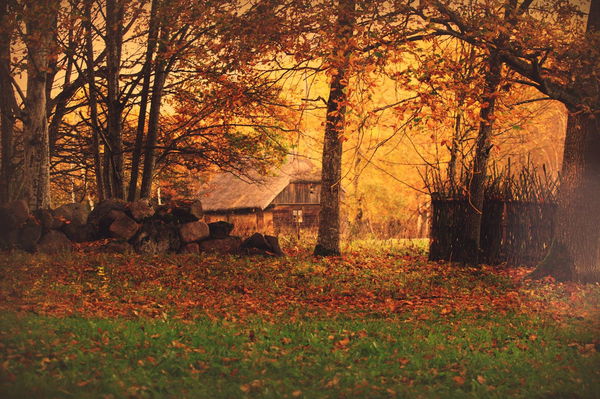
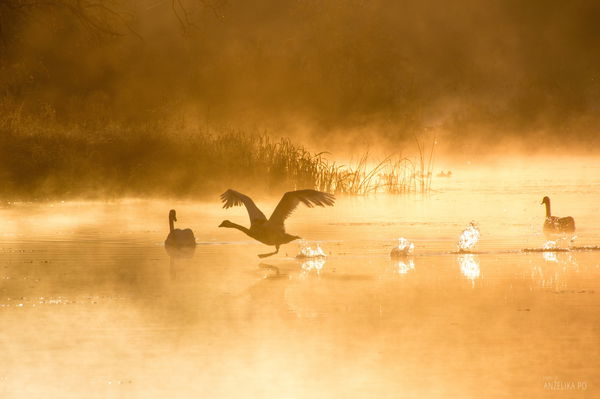
Autumn Glow
When a third of the country is covered by ancient woodland and mixed forest, the seasonal shift from green to copper tones, is not only apparent - it's spectacular. You don't even have to travel far from the beaten track to experience the golden glow, as thanks to tree lined avenues and communal parks, there's plenty of urban foliage. The weather is mild during the day, but nights cut in quickly and temperatures drop. There's plenty of nightlife to keep you entertained, with welcoming bars and restaurants to suit all tastes and budgets, and a full programme of opera, concerts and ballet. A nation that is fiercely proud of its heritage and culture, Lithuania has many museums, cultural buildings and beautiful churches to appreciate and explore. There's also an interesting art scene with a growing number of galleries and lots of traditional crafts. Just like spring is a great time for birdwatchers due to migratory routes, Autumn can also be a great time to catch feathered friends on their opposite journey. All Saints' and All Souls' Day is celebrated on 1 & 2 Nov. This two-day 'Day of the Dead' festival remembers the deceased and cemeteries become a hive of activity as people tend graves, lay flowers and light candles. In Kaunas on 1 November at 17.00 on the main pedestrian street, the public are invited to light a candle in memory of departed loved ones, creating an illuminated 'river of souls'.
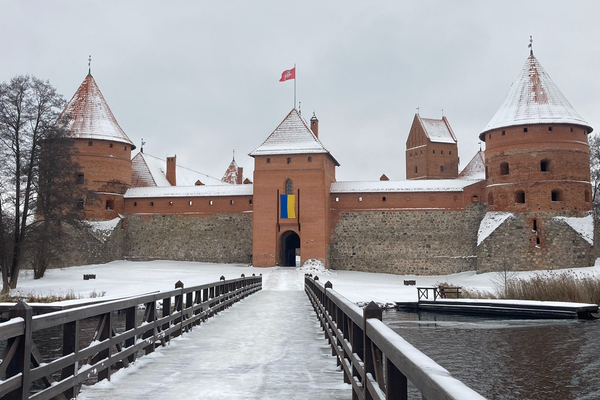
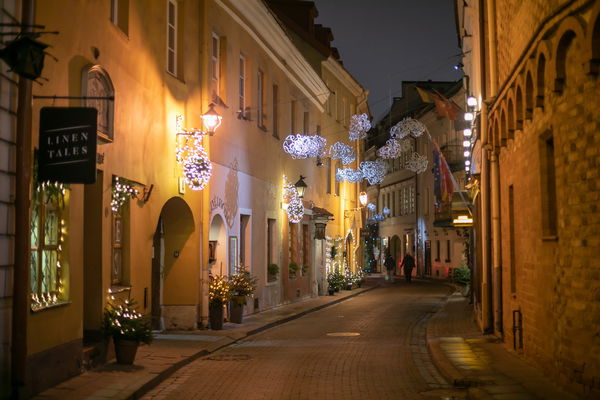
Winter Days
The secret to winter Lithuanian travel is layering. When you're outside and it's way beyond freezing (temperatures can plummet to -25C although this is becoming less common and for shorter spells), head indoors and you'll need to start the strip. Invest in a thick coat, add multiple thermal layers and protect extremities with good quality hat, gloves and thick socks. Waterproof footwear with good grips is essential. (I bought myself a pair of ox-blood famous-brand leather boots for my first winter visit in the early noughties and they are still going strong. Dr Martens if you're still guessing!) By the end of your winter visit, you'll be an expert at getting in and out of clothing in record time and glasses wearers will be used to peering through permanently steamed lenses. Although periods of grey skies can hang around, the warmth and charm of local hospitality will keep up spirits. Weather can be crisp, icicles low hanging, and a snowstorm around the corner - but when the skies are bright and clear, the scenery both rural and urban) will take your breath away! Of course, winter also means Christmas, and the no-holds-barred street decorations and festive markets start at the end of November. For 2025, Vilnius has been crowned Christmas Capital of Europe! Full of tasty food, hot drinks and a huge range of beautiful trinkets and souvenirs, the markets bring hustle, bustle and endless Christmas cheer. Check out our blog on Why & how to visit the Baltic Christmas markets! In terms of celebrating, Christmas Eve (24 Dec) is the main event for Lithuanians with a family meal (plus an extra place set for those in absentia) and 12 traditional courses. As this is the end of advent, there is no meat in the meal. The table of food is left out until morning so departed souls can take what they need in the night. On Christmas Day families attend church followed by a social day of festive food and visiting family.
New Year's Eve is party night and many venues hold special ticketed events with food and entertainment until the early hours. Restaurants may close earlier than usual to allow their staff to celebrate. In Vilnius, crowds gather in Cathedral Square for a music and light show to welcome in the New Year.
So, when is the best time to visit Lithuania? The answer will not only be different for each individual traveller, but it will also be different each time you visit! I guess to get the full experience, you'll just have to keep going back...
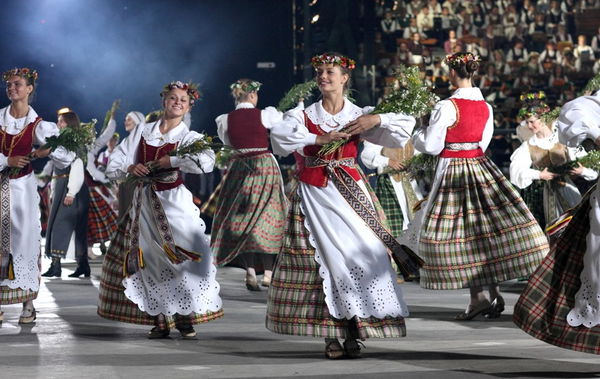
Lithuanian Song & Dance Festival
The Lithuanian Song and Dance Festival is an intense whirlwind of visual and musical cultural heritage. 2024 was the 100th festival, bringing together tens of thousands of participants and spectators from the Lithuanian regions and the global Lithuanian diaspora. Recognised as UNESCO Heritage of Oral and Intangible Culture of Humanity, the week long celebrations are a unique opportunity for visitors to feel the power of a small nation through song and dance. The next festival will be in summer 2029!